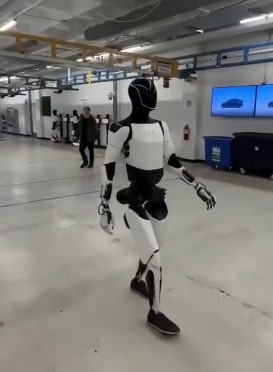Now Reading: Doctors Turn to Digital: Electronic Health Records Revolutionize Care
-
01
Doctors Turn to Digital: Electronic Health Records Revolutionize Care
Doctors Turn to Digital: Electronic Health Records Revolutionize Care

Quick Summary:
- Electronic health records (EHRs) aim to provide seamless access to medical data, improving care and reducing costs.A U.S. push began in 2004 under President George W. Bush, followed by $49 billion allocated via the HITECH Act in 2009 during President Barack ObamaS term.
- Nearly 80% of American physicians and most nonfederal hospitals adopted EHRs by 2021,replacing paper-based records but introducing fragmented systems unable to smoothly share information among providers.
- While adoption improved data accessibility, issues like usability challenges, clinician burnout, costly implementations, and security flaws were significant drawbacks. Studies show many doctors spend up to half their day navigating EHR systems.
- Internationally advanced countries like Belgium and Singapore have implemented robust EHR programs successfully; India has initiatives under advancement but lags behind leaders such as Denmark or Israel.
Indian Opinion Analysis:
India’s move toward widespread EHR adoption holds potential benefits but also presents serious challenges learned from other nations’ experiences.Interoperability-the ability for various systems to sync seamlessly-is essential yet complex due to diverse healthcare infrastructural differences nationwide. If poorly managed or rushed as seen wiht initial rollout efforts in the U.S., the result could exacerbate inefficiencies rather than significantly reduce them. While India’s maturity curve may take years longer compared with digital-health leaders globally such delayed progress allows comparative scope lessons avoided locally dents repeating implementing key missing criteria enhancing readiness reflecting scaling-up preservation framing strategic vision coherent roadmap preempt barriers analyzed adequately overlooked adopting novel AI-driven-behaviorally Assisted Mode ensured overall-access <
- Electronic Health Records (EHRs) have expanded dramatically in function, leading to a heavier workload for clinicians due to documentation, billing, compliance measures, and increased patient communication.
- Professors like John Leslie King describe EHR systems as “productivity vampires,” which enable external control over doctors’ activities. Robert Wachter highlights clinician burnout caused by the complexity and inefficiency of EHR systems. According to Stanford Medicine, 71% of physicians feel that EHR contributes to burnout.
- Rural hospitals experience greater difficulties in reducing costs through EHR systems compared to urban counterparts. Cybersecurity threats are rising; since 2009, over 520 million health records have been breached across nearly 5,887 incidents reported by the U.S Department of Health & Human Services showcasing vulnerabilities driven by economic barriers rather upfront integration-saving new inclusion HIPAA security upgraded visible tightened e-policies preview.actions stay
Indian Opinion AnalysisQuick Summary
- Electronic Health Records (EHR) systems were introduced two decades ago with the aim of improving medical decision-making and patient care through better access to information.
- A major challenge identified was the trade-off between using comprehensive medical records for better decisions and the time it takes, which often conflicts with doctors’ earnings being tied to how many patients they see.
- Experts like Tom Conrad expressed skepticism that simply having more data would automatically lead to better outcomes.
- John Leslie King noted that advancements in EHR will require adapting to “multiple moving targets” due to ongoing technological, administrative, and care-related developments.
- Despite progress in EHR implementations, challenges remain significant, and experts believe smooth functioning is still far off.
indian Opinion analysis
The persistent complexities surrounding Electronic Health Records (EHR) systems highlight broader issues relevant not only globally but also for India as it pushes toward digitizing its healthcare services under initiatives like Ayushman Bharat Digital Mission. key obstacles such as balancing efficiency with quality care resonate within India’s healthcare framework where resource constraints exist alongside a large patient base. The insights from this discussion serve as a reminder that deploying advanced technology is not enough-critical reforms in operational dynamics are equally necessary for success.


























